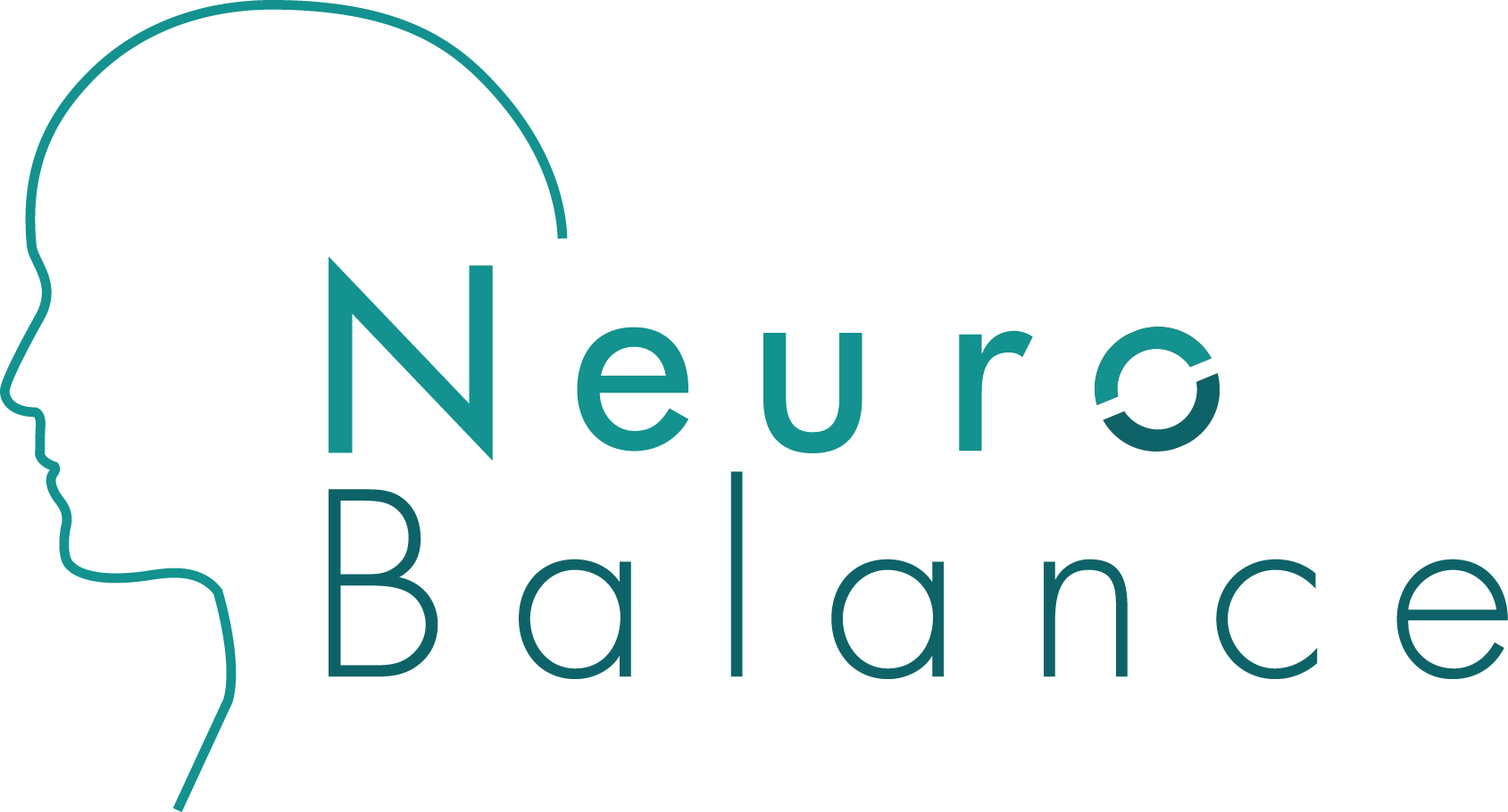Astrocytes and Autism Spectrum Disorder (ASD) Link
Astrocytes are a type of brain cell which interact with and support the behaviors of neurons. Astrocytes are more plentiful within the brain than neurons. The full range of their roles in how they help manage neurons are not quite understood and are now being studied in autism spectrum disorder research.
Abnormalities in astrocytes have never been studied in how they may contribute to those on the autism spectrum. Although, post-mortem studies in patients with ASD have indicated brain astrocyte abnormalities.
What science doesn’t know is if these abnormalities contribute to the disease or if they were a result of the ASD.
Up to this point in time, ASD research has directed its attention into what role the neurons play and not into what other brain cells, like astrocytes participate in the progression and development of ASD.
It was believed by Dr. Colak, assistant professor of neuroscience in pediatrics and a member of the Drukier Institute for Children’s Health, that genetic mutations in the brain linked to ASD would affect the range of specific brain cells quite differently.
What the team of researchers discovered is that astrocytes could play a pivotal role in neurodevelopmental and neuropsychiatric diseases such as ASD.
The study which was first published April 1st in Molecular Psychiatry, looked at findings where the research team grew astrocytes from stem cells derived from ASD patients and transplanted them into healthy newborn mice. They found that afterwards the mice all developed repetitive behaviors and memory deficits, which are both common in those with ASD.
According to DR. Colak, these findings did strongly suggest the role of “astrocytes abnormalities might contribute to the onset and progression of autism spectrum disorders.”
They wanted to determine if the abnormal astrocytes were involved at the early stages of development of the disease. So the team took the stem cells derived from the ASD patients, coaxed them into developing into astrocytes in the lab and then transplanted them into the healthy newborn mice. Thus creating a “human-mouse chimera.”
DR. Ben Huang instructor of neuroscience in psychiatry at Weill Cornell Medicine said, “ It was amazing to see these human astrocytes responding to the behavioral changes in active mice. We believe we were the first to record the activity of transplanted human astrocytes this way.”
By the use of a microscope technique called two-photon imaging, they could observe the excessive calcium signaling on the transplanted human astrocytes in the brains of the lab mice.
Then to further determine if the increase of the calcium was to be the cause of the symptoms. The team infected the astrocytes from the samples from the ASD patients stem cells with a RNA virus that reduced the calcium signaling to normal levels. When they transplanted these new astrocytes into the mice, they didn’t develop memory issues.
The future goal in research will aim at what role each specific type of brain cell contributes to ASD and find therapies for autism that could utilize genetics to mitigate extreme fluctuations of calcium production in astrocytes of autism spectrum disorder patients.
The results of this important study gives hope in finding answers to key questions into the causes of this complicated condition.
-A Balance Brain is a Better Brain-
